By: Ulises Flores (@ulisesfl17)
Original content: Own observation, documented.
Category: Ecological relations
Understanding the magic of nature
The observation of ecological relationships in an ecosystem, no matter how small it may seem, can provide valuable information that revalidates existing theories and sparks new variables that are the object of study for those who love research.
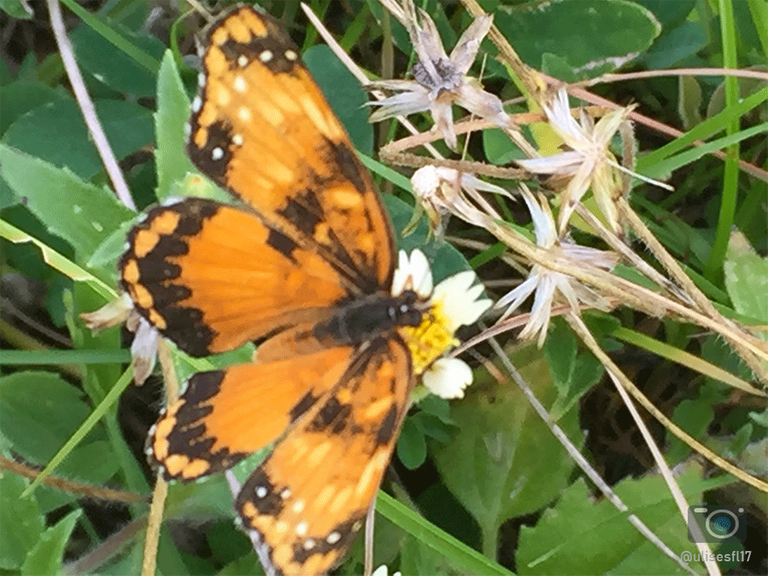
Having inspected during five days an area of 1850 square meters, belonging to a tropical savanna climate in the northeastern end of the so-called ecological region of Los Llanos in Venezuela; where I am carrying out field activities for the completion of an Environmental, Social and Cultural Impact Study; I was curious to observe the behavior of a colorful colony of bordered patch butterflies (Chlosyne lacinia) that daily visits the flowers of Tridax procumbens L. to take advantage of the succulent nectar.
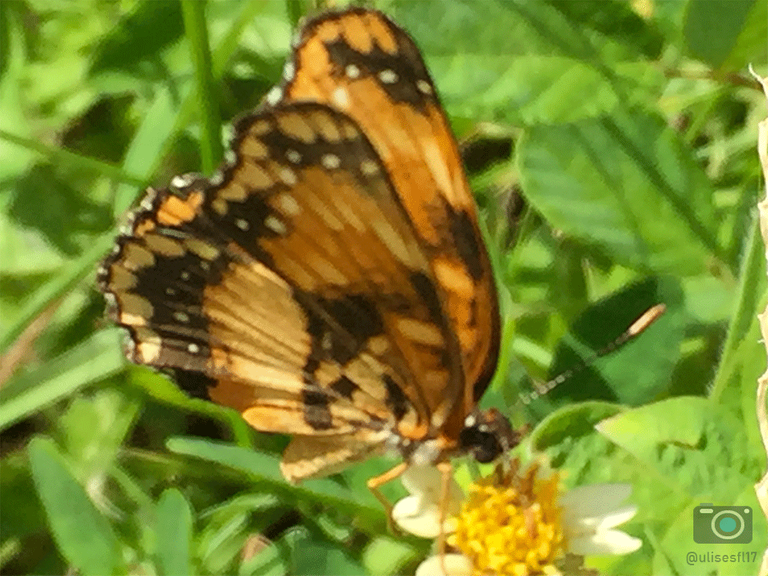

What is Nectar?
It is nice to delight when this colorful insect poses delicately on the flowers to extract the nectar; however, this is enjoyed to the fullest when we know and bring to our mind this brilliant natural process, where the plant Tridax procumbens L. offers the insect pollinator a substance enriched with sugars, amino acids, mineral ions and aromatic essences.
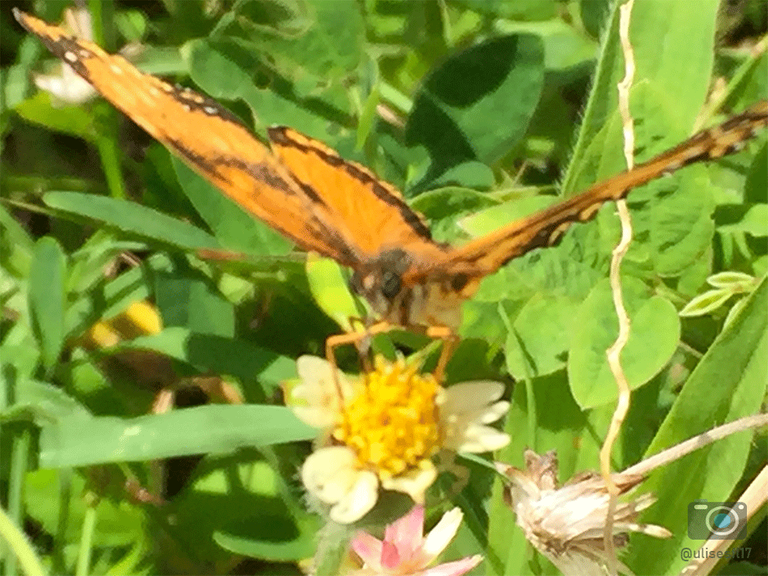
This energetic fluid is manufactured at the base of the stamens and the area of origin of the petals where the nectary glands are located. In this way, the plant rewards the pollinator for the good service provided, since in the body, legs and wings of the insects travels the pollen that guarantees the reproduction and expansion of the flora.

Butterflies and their relationship with flowers
The relationship of butterflies with flowers and plants in general is mandatory for their survival as a species increasingly threatened by the intervention of natural ecosystems and the use of agrochemicals in crops. These noble insects of the Lepidoptera family, so called because of their abundant flake structure in their wings, depend entirely on the generous flora because they use plants to lay their eggs, thus the larvae have a guaranteed food supply; of course, there is the risk of falling into the jaws of predators that prowl the vegetation in search of food.
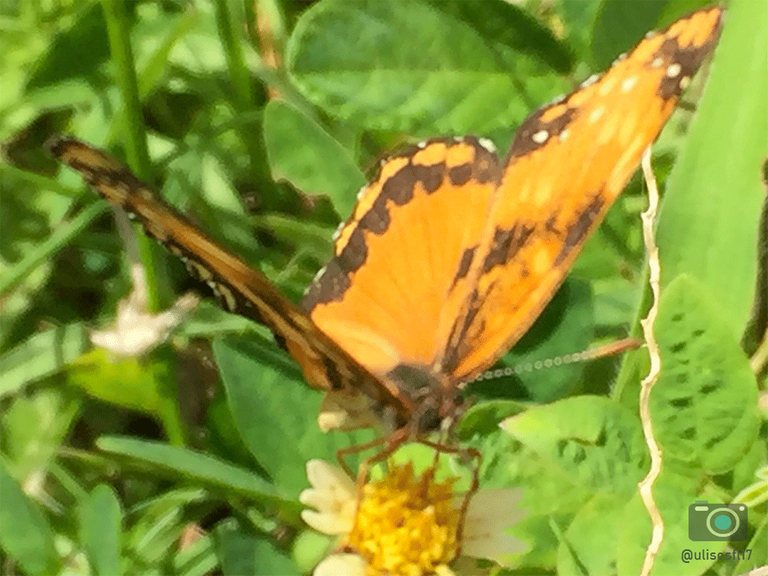
Once the butterfly reaches maturity, it continues its floral dependence because its feeding habit is reduced to the extraction of nectar, pollen and fruits, since some adopt frugivorous behaviors according to the biodiversity of the ecosystem and environmental factors present.

Ecological balance
The presence of pollinating insects among which the bordered patch butterfly and honey bees stand out has had its impact on the reproduction and expansive population in the area of influence, since the vegetal domain is defined by the Tridax procumbens L., a species originating from the American tropics that is catalogued as invasive in countries such as the United States; however, the other side of the species documents records of its valuable medicinal and therapeutic properties due to its wide chemical repository composed by steroids, flavonoids, reducing sugars and amino acids.
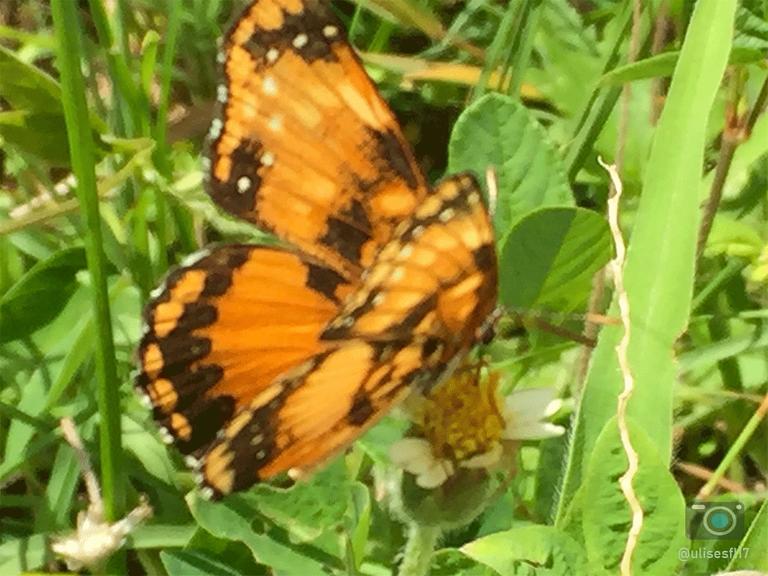
Tridax procumbens L. represents a food source for Chlosyne lacinia and other pollinating insects, a relationship that is based on a harmonious sustainable relationship that not only benefits the wild flora and fauna, but also generates raw material for obtaining active principles from this herbaceous plant that is catalogued as weedy and harmful in many parts of the world.

References
- Bordered Patch: Chlosyne lacinia (Geyer, 1837) [link]
- Chlosyne lacinia [link]
- Tridax procumbens (L.), Global Compositae Checklist [link]
- Tridax procumbens (L.) L. The Plant List [link]
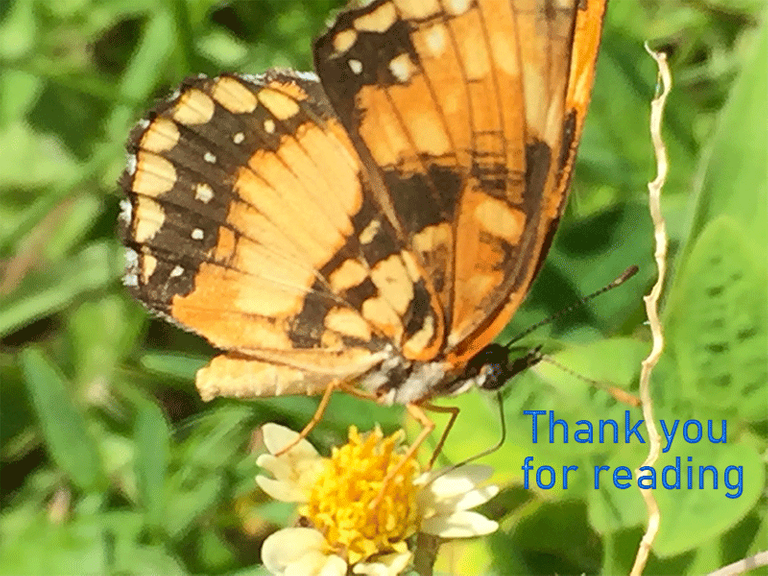
That is a really nice post and you explained it so greatly ^^ I really like how you added all this information and added some references to you post! .. That is a well done post and I will forward you to the AN-OCD channel ^^
My gratitude for the cordial comment and healing proposal. That motivates me to participate with more and better content in this community.
Great post with some good information about nectar ^^ Please go on on like this ?
We appreciate your work and your post was manually curated by @adalger from the DNA team!
Reach us on Discord to learn more about the project!
Hello @ulisesfl17!Hello, it's nice to know that my post has been appreciated by the community and that they like it. I am resuming the activities of publication in my Hive blog; I usually write articles related to natural sciences, I am a teacher and I am passionate about environmental sciences.